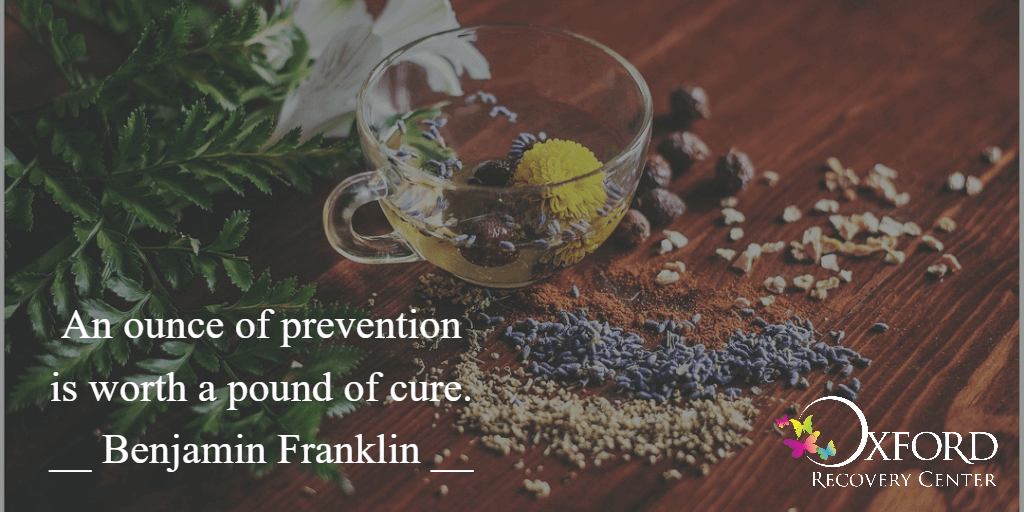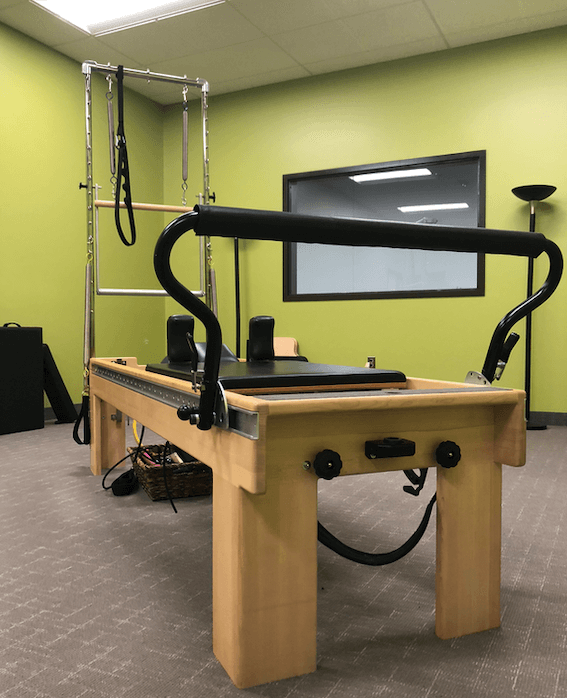Nutrition for Better Behavior in Children and Teens
Food choices influence behavior, mood, and academic performance. Summer is a great time to establish healthy eating habits which can lead to a happier vacation season and more productive school year.
It is important for children to know what to eat, what not to eat, and why some foods that seem healthy may not be healthy. While consumption of sugary foods has long been associated with hyperactivity, we now know that food selection also contributes to a child’s ability to focus attention, inhibit impulsive behaviors, analyze information, regulate emotional responses, and solve problems.
Food is one of the most important gifts we give our bodies. Choosing well is empowering and makes the body a healing machine. When parents facilitate healthy eating, they equip children with the knowledge and skills needed to create a foundation of optimal health.
Eliminating Foods that Cause Bad Behavior and Adversely Affect Mood
Studies suggest that certain ingredients, particularly those found in processed foods, are triggering behavioral problems in children. With 90% of the average American’s food budget going towards processed foods and the astounding spike in behavioral and mood disorders, changing the diet is the logical first step to addressing problem behaviors.
Artificial Colors
Over the past 50 years, chemical dyes in foods increased 500%. Three dyes (Red 40, Yellow 5 and Yellow 6) make up 90% of the market. These dyes are found in cereal, toothpaste, applesauce, cough syrup, candy, ice cream, drinks, and more. Food color consumption can lead to meltdowns, aggression, and mood swings. Studies dating to the seventies show that removing dyes from a child’s diet has a profound effect. Read labels and remove all foods and drinks that contain artificial colors and flavors.
Artificial Sweeteners
Aspartame has been linked to an array of emotional and behavioral disorders. High levels of aspartame can alter serotonin levels, which can lead to behavioral problems, anxiety, and other emotional disorders.
MSG
MSG (monosodium glutamate) is an excitotoxin, a type of neurotoxin that over-stimulates brain cells. It has profound effects on the mood and behavior. MSG is found in most fast foods as well as processed meats, frozen meals, soup mixes, salad dressings, and many other processed foods. MSG may appear on ingredient labels as hydrolyzed protein, autolyzed yeast, or sodium caseinate.
Gluten
Gluten is a protein found in wheat, barley, rye and oats. Gluten tends to be poorly digested in the gut, causing an inflammatory response that influences brain function. Gluten breaks down into peptides that can pass through imperfections in damaged intestinal tracts (leaky guts) and affect the brain. The shape of gliadinomorphin (the peptide resulting from the breakdown of gluten) fits into receptors in the brain that trigger abnormal moods and behaviors. These receptors are referred to as opiate receptors because they are the same receptors that interact with opioids like morphine.
Eating for Better Behavior and Brain Balance
There is no one diet that is best for everyone, but a real-food, nutrient-dense paleo diet is an excellent place to start to ensure kids get the right nutrition. Children and teens need to eat plenty of vegetables, clean protein, healthy fat, and some fruit for optimal brain health.
Breakfast
A breakfast that includes protein, fat, and vegetables is the ideal way to start the day for most children. An excellent option is a scramble or omelet made with eggs from pasture-raised chickens and lots of vegetables (i.e., onions, artichokes, and spinach) and half an avocado. Children who eat a high-protein breakfast are less likely to be overweight, achieve better test scores, and perform better athletically. Conversely, a high-carbohydrate breakfast (pancakes, cereals, French Toast) makes the child feel mentally foggy and can lead to undesirable behavior soon after as sugar levels soar, then crash.
Lunch and Dinner
The bounty of the growing season offers plenty of opportunities for discovering new foods and new ways of eating familiar items. Take children shopping at the Farmers’ Market. Encourage them to pick a new fruit or vegetable to try. Grow vegetables or herbs in your garden or on your windowsill. Incorporate the fresh vegetables you buy into salads and stir-fries, or simply rinse and eat.
When you plan meals, aim to make 75% of the plate vegetables. If necessary, sneak veggies into foods. Chopped spinach or kale can be mixed into meatballs or meatloaf. Soups prepared with homemade bone broth make excellent lunches and dinners.
Healthy Snack Ideas
We can make fruit and vegetables more desirable to children with a little preparation.
- Cut celery, carrots, cucumbers, radishes, peppers (and any other vegetable) into sticks or slices and serve with a creamy dip. It is easy to prepare one at home by mixing 1/2 cup mayo (choose one made with avocado oil) + 1/4 cup full-fat coconut milk (it won’t taste like coconut) + salt, pepper, onion powder, garlic powder, and herbs of choice.
- Apples slices are extra-yummy with a bit of almond butter or sunflower seed butter. And the fat and protein are good for the brain and body.
- Puree berries with a bit of 100% maple syrup and pour into popsicle molds. Freeze and serve healthy frozen treats. Full-fat coconut milk may be added for a creamy treat.
- Cut melon into wedges or cubes.
- Freeze grapes or berries for a change of texture.
After changing diet, improvements (often dramatic) in physical and psychological health result. Start where you are, and eliminate an unhealthy food or ingredient each week. At the same time, add vegetables to every meal, incorporate healthy snacks, and continue to add new foods. Enjoy the journey!






